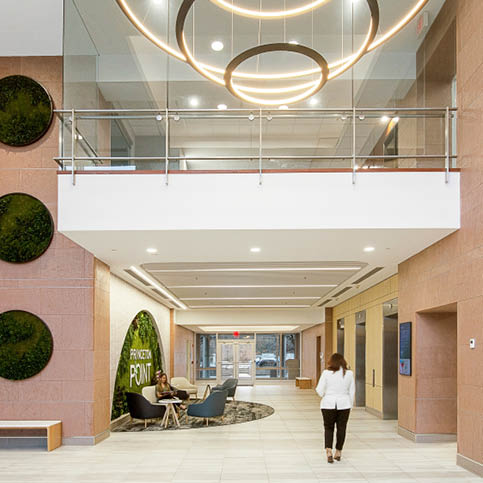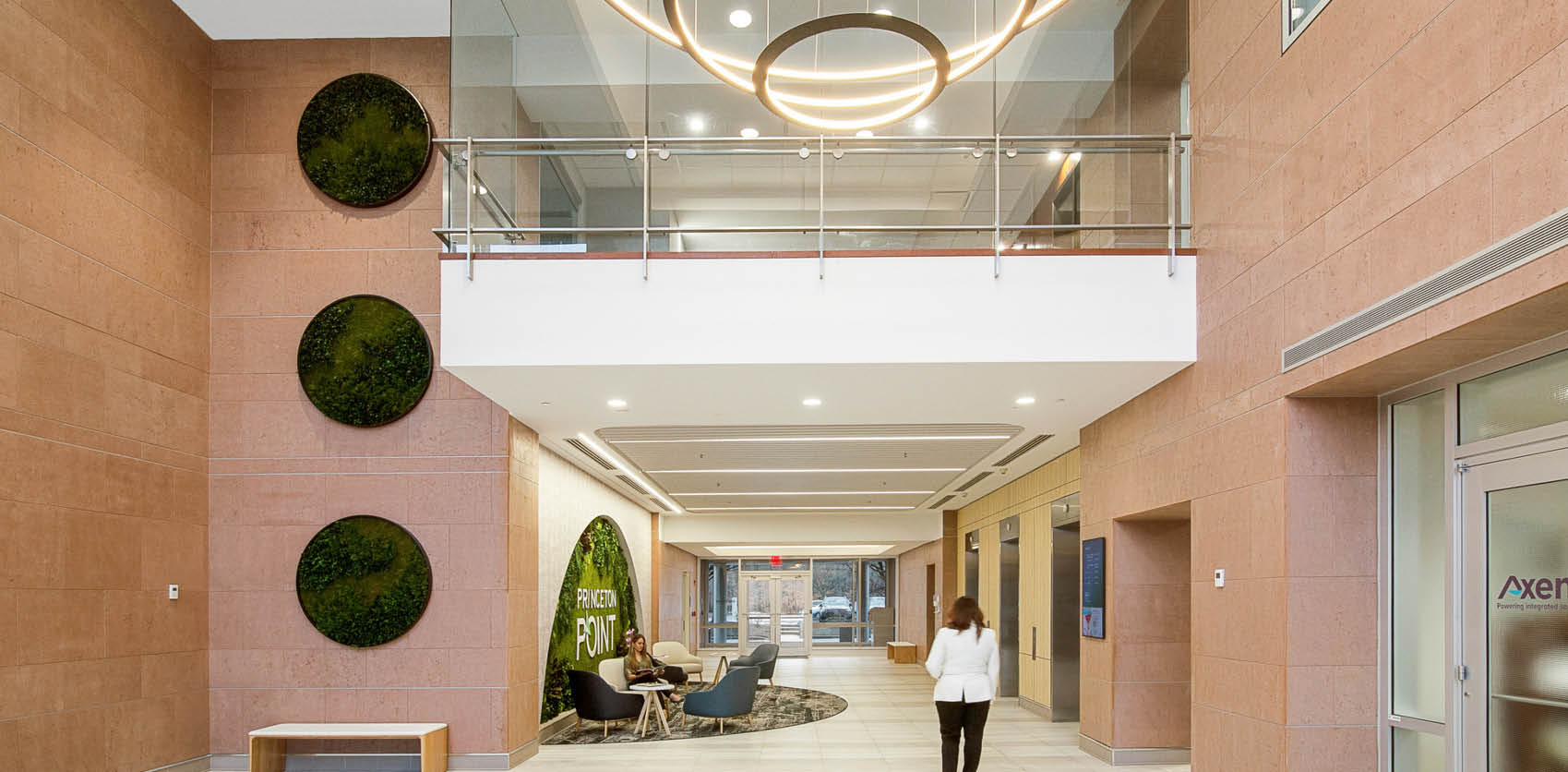The Beauty
When a building is born, its structural integrity, its external aesthetic, its environmental impact, and how it will stand out on the skyline are the pillars for great design. While these exterior elements are undeniably important, one crucial factor is commonly overlooked: the space inside.
Acting as the building’s nervous system, the interior structure is responsible for the vitality and functionality of a building’s use. How the interiors will function over time is directly impacted by decisions made early in the architectural planning process. Therefore, the reality is that building
design cannot be viewed in isolation from interior design. The collaboration between developer, architect, and interior designers is evermore necessary.
As an interior designer, I’ve seen the colossal benefits that come from working closely with Architects from the very beginning of a new building project. By considering both the interior and exterior together, we avoid costly decisions and create high property value such as optimal space efficiency, future usability, and higher ROI at resale, to name a few.
The Challenge
If you’re a developer and you’re tired of potential tenants walking away because your building couldn’t check all the boxes, or the required cost to renovate were too high, I get it. It’s frustrating for us interior designers too, when placing good tenants into their new homes.
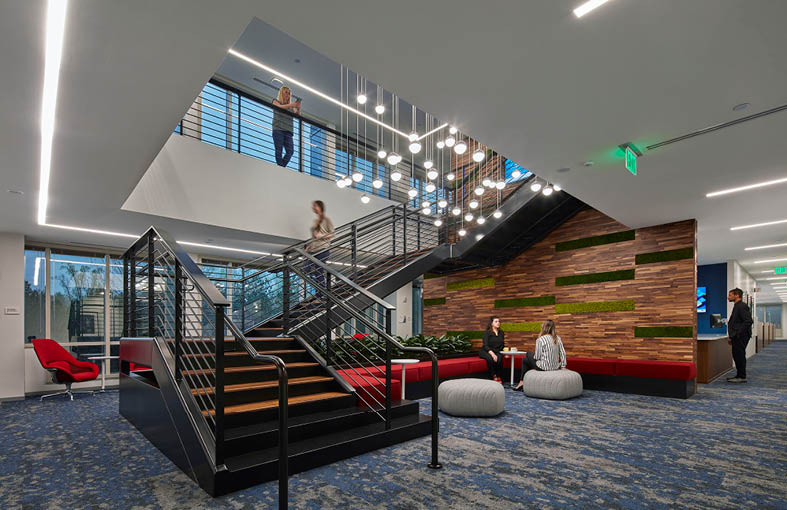
Here are 6 common interior pitfalls during the architectural planning process you can avoid through proper collaboration with Interior Designers.
With these pitfalls in mind, you’ll be able to create more flexible and efficient spaces, and ensure the building is adaptable to the evolving needs of tenants.
Pitfall 1: Structural Shape
The building’s façade dictates an irregular floor plan or creates wasted spaces in corners that could have been used more productively.
An Interior Designer’s perspective: If the building’s exterior features prominent columns or unconventional walls, an interior designer can work with the architect to position them in ways that complement the floor plan rather than hinder it.
Pitfall 2: Structural Layout
An office building with overly rigid layouts, long corridors, small windows, or awkwardly placed columns that make it difficult to modify the space for future tenants. When a building’s interior structure is not optimized, it can negatively affect the building’s resale value or its rental income potential.
An Interior Designer’s perspective: We will design the interior floor plan alongside your architect to be more adaptable, attracting a broader pool of potential tenants. Early collaboration mitigates structural risks that pose challenges to the interiors. Things like the building’s load-bearing walls, windows, and infrastructure should be positioned to accommodate flexible interior layouts which can save owners and developers costly adjustments later on.
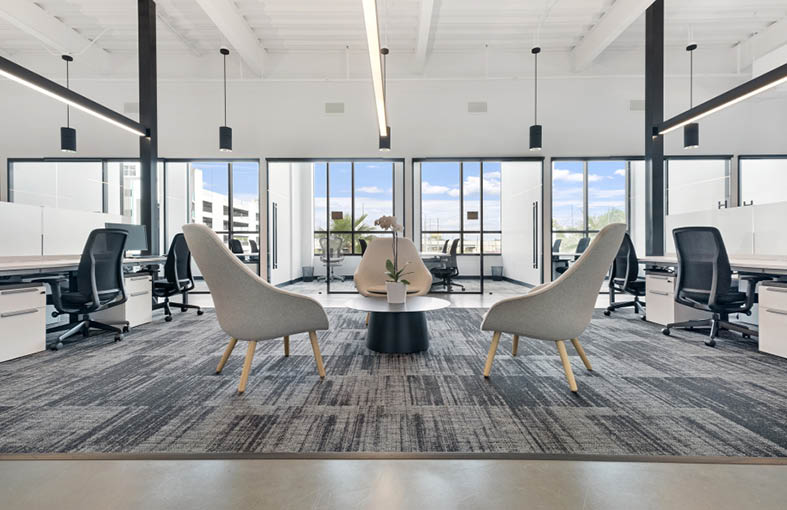
Pitfall 3: Mullions
Mullions are placed in areas that limit flexibility or are positioned in a way that blocks the amount and quality of natural light entering a room. The placement of mullions, doors, and stairs may seem like minor details in the architectural design process, but their impact on the functionality and usability of a building is profound.
An Interior Designer’s perspective: Working with the architect, interior designers can recommend mullion positioning that maximizes the number of ways an interior can be divided or organized. In buildings with expansive windows, thoughtful placement of mullions can also help balance aesthetics and functional light flow without creating unnecessary obstructions.
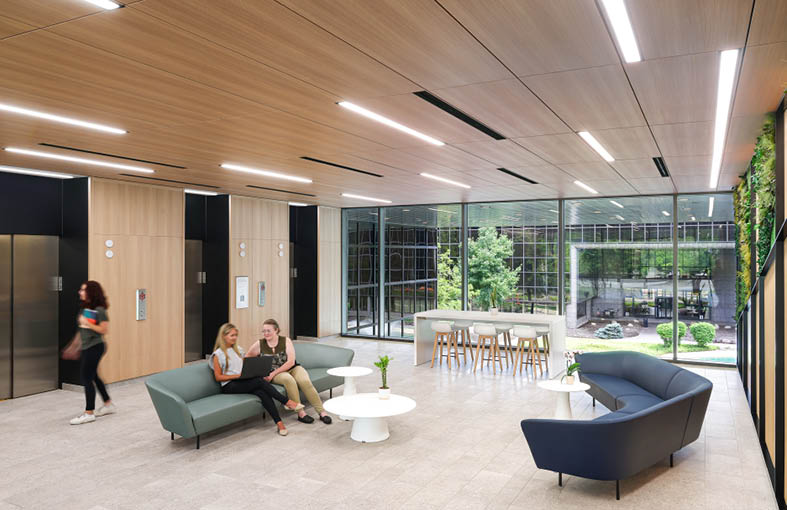
Pitfall 4: Doors
Door placements are one of the most important aspects of interior usability, directly influencing how people move through and interact with the space. When doors are poorly positioned, they can create bottlenecks, disrupt traffic flow, and even compromise safety.
An Interior Designer’s perspective: Proper door placement is key to creating efficient, comfortable, and practical interiors. We’ll review and recommend that doors be designed in strategic locations that align with natural walking paths—while avoiding dead ends or confusing pathways. It will ensure occupants can move easily and efficiently throughout the space.
Pitfall 5: Core
A building with off-center core areas (elevators, stairs, restrooms, mechanical rooms, and service areas) may force people to take longer or less direct routes to get from one part of the building to another. One area may have a shorter distance to the core, while another may require more travel time to reach essential vertical circulation elements (such as elevators or stairs).
An Interior Designer’s perspective: By focusing on a well-centered core-to-glass dimension during the architectural design phase, we achieve balanced circulation paths, improved traffic flow, optimized natural light, enhanced flexibility in space planning, and efficient evacuation during emergencies.
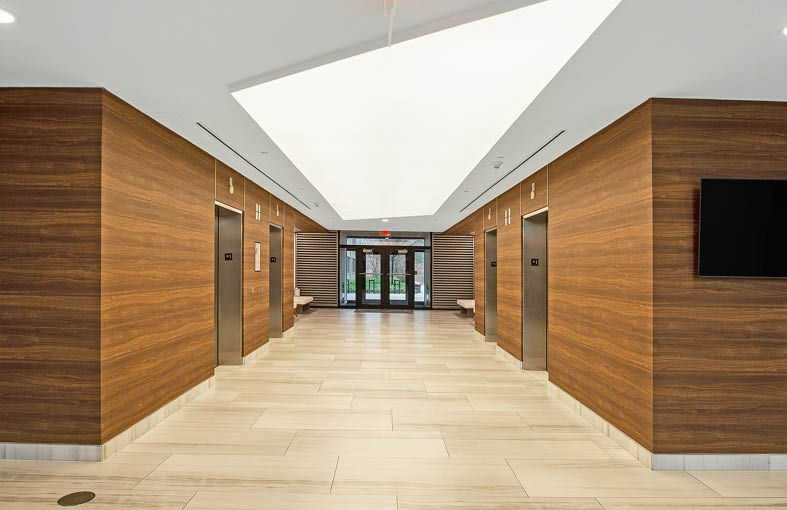
Pitfall 6: Stairs
Stairs are often a necessary feature in buildings with multiple floors, but their placement is crucial for ensuring that the building functions as intended, and within code. Poor placement can result in stairs that feel like afterthoughts, breaking up the flow or blocking key sightlines.
An Interior Designer’s perspective: Thoughtfully integrated stairs can allow for future reconfigurations of space, such as converting an office to a more open-plan environment, renovating an entire floor into a new use, and even create a flow that accommodates multitenant floors.
The Summary:
The benefits: optimal space efficiency, future usability, higher ROI at resale, and most importantly: less headaches when placing new prospective tenants.
Working hand-in-hand from the beginning is an investment in the long-term success of the building. The result is a cohesive, functional, and adaptable interior that serves both current and future occupants, creating spaces that truly work—inside and out.
The Solution:
If you’re looking to enhance the functionality, flexibility, and profitability of your next building, let’s start the conversation today. Together, we’ll design a building that not only meets the demands of today’s market but is also prepared for whatever the future may bring.
Authors:
Marlyn Zucosky + Vincent Sorge
